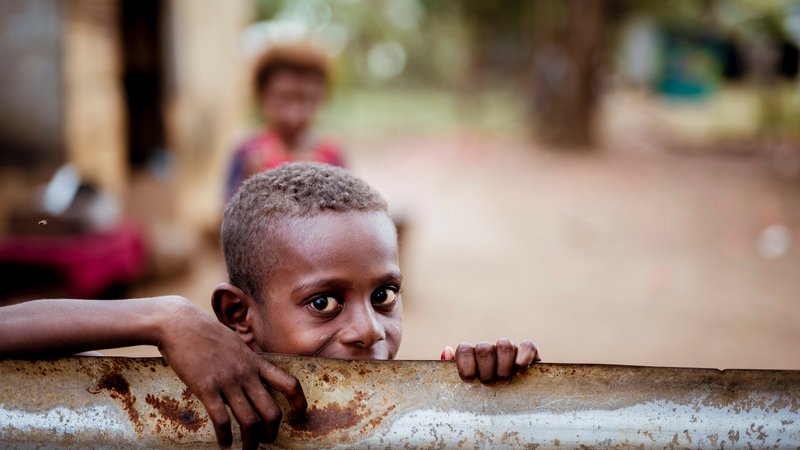Orphanages – Lessons from the Cane Toad (2)

Orphanages – Lessons from the Cane Toad (2)
In Lesson 1, we compared the importation of Cane Toads with that of orphanages in the developing world. In this article, I wish to develop this idea even further.
I remember my first visit to Queensland as a young boy. One of the locals had set up a tourist attraction where kids like me could not only come and see the infamous toads up close, we could even race them! Mine came last, but I had lots of fun anyway.
The truth is though, all the locals hated the toads. Even the attraction owner wished they had never come, but reasoned, “While they’re not going anywhere, I might as well make a buck.”
As outrageous as it sounds, the same is all too often true of orphanages in developing nations. The locals know that institutional care actually contributes to the problems it purports to solve, yet they are good business for the operators. Local owners are able to lure children away from poor families and use their sad faces to generate a profit. It has gotten to the point that there are now many examples of exploitation which mirror the modus operandi of organised begging. That is, children are forced to perform, e.g. respond with big smiles and hugs to volunteers, in order to attract more volunteers and donors.
This business model is now known as voluntourism. Well-meaning volunteers, unbeknownst to them, are manipulated into becoming orphanage tourists and marketers. They have fun with the kids, they feel good and believe they’ve done their bit. They go home with the happy/sad story and participate in recruiting the next wave of voluntourists. They seem completely unaware of the serious psychological damage they cause the children due to the constant breaking of short-term would-be-saviour relationships. Nor if the funds generated are used for the exclusive benefit of institution’s operators instead of providing support so that the children could go back to living with family (cf. esp. points 2 & 3).
So why do we persist with institutional care? The most common objections to seeking alternatives are
- the children would then have nowhere to go, and
- even if they did find someone to take them, it wouldn’t be safe.
Neither of which are on the whole true. In most cases, the children in orphanages are actually not even orphans – their parents are still alive! In Cambodia for example, a recent statistic suggests that 74% of children in orphanages are not orphans, they’re just from poor families. For the minority of those whose parents have either passed away or are genuinely unfit to look after their children, most of these have relatives who could take care of them. We call this foster care or adoption and think it’s our idea, but as I laid out in Lesson 1, with the high view of family and community that these cultures have, this is exactly the methodology they were using prior to colonialisation, minus all the red tape and academic jargon.
Undoubtedly some readers may be uncomfortable, perhaps even angered, by this comparison of orphanages with Cane Toads. This is understandable. Well-meaning Christians have invested much time, finance, love and care into these programs, and may have even created lasting and mutually beneficial relationships with some of these children.
While this may be true, it is not considering the full picture. Therefore is not good enough in and of itself to justify our persistence with orphanages. The question that must be asked is, “Do those results outweigh what would have been possible for the child, their family and their community if they had been raised in a normal family?” All the statistics say that such cases would be extremely rare.
Fortunately, unlike the toads there is a plausible solution to this mess – deinstitutionalisation. Because of the generations of disruption and poverty these nations have endured, it’s true that these adoption and foster relationships often need some additional support. However, what may surprise you is that the cost of such support in most cases is actually less than what it would be to support the child in an institution, yet the benefits are incomparable.
It’s time that we looked past the good intentions of institutional care and assessed whether it really achieves what we actually want, that is life and life to the full for the children, their families and communities.
This post was written by Matthew Jarlett. Photo by Photo by Ben White.
Jarlett, M. (2016, August 01). Orphanages – Lessons from the Cane Toad (2). Retrieved April 2018, from the HBC Web Site.
The Theology of Social Justice unit of Alphacrucis College provides a Biblical theology of holistic mission that takes into account the physical, social, cultural and spiritual implications of the gospel of the Kingdom of God. Learn more about our courses.
